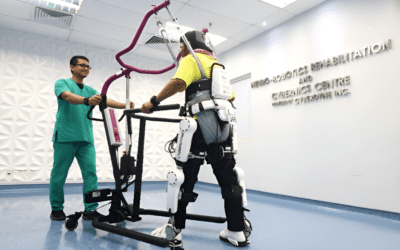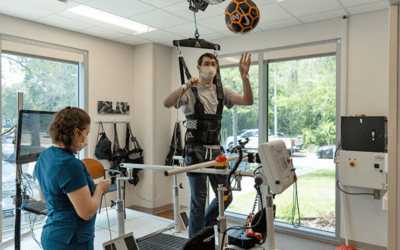Headaches are a common ailment that many people experience at some point in their lives. They can vary in intensity, duration, and location, making it important to understand the different types of headaches and how they can be diagnosed and treated. Headaches are broadly categorised into two main types: primary and secondary headaches.
Primary Headaches
Primary headaches are those that are not caused by an underlying medical condition or disease. These types of headaches can be triggered by factors such as stress, muscle tension, dehydration, hormonal changes, and even certain foods.
Secondary Headaches
Secondary headaches are those that are caused by an underlying condition or medical issue. These types of headaches can be a symptom of a more serious health problem and may require medical attention
Primary Headaches
Some common types of primary headaches include:
1. Tension Headaches
Tension headaches are the most common type of primary headache. They are often described as a dull, aching pain with a sensation of tightness or pressure around the forehead or the back of the head. Tension headaches can be episodic or chronic and are usually triggered by stress, poor posture, or lack of sleep.
2. Migraine Headaches
Migraines are a more severe and debilitating form of headache that can be accompanied by symptoms such as nausea, vomiting, and sensitivity to light and sound. Migraine headaches are often described as a pulsating or throbbing pain, usually on one side of the head. They can last for hours to days and are typically triggered by certain foods, hormonal changes, stress, or environmental factors.
3. Cluster Headaches
Cluster headaches are a rare but extremely painful type of headache that occur in clusters or cyclical patterns. They are often localised around one eye and can cause severe pain, tearing, and nasal congestion. Cluster headaches are more common in men and are known for their intense, sharp pain that can last from 15 minutes to 3 hours.

Secondary Headaches
Some common causes of secondary headaches include:
1. Sinus Headaches
Sinus headaches are caused by inflammation and congestion in the sinuses, often due to allergies, infections, or environmental irritants. These headaches are usually accompanied by symptoms such as facial pain, pressure, and nasal congestion.
2. Rebound Headaches
Rebound headaches, also known as medication-overuse headaches, occur as a result of overusing pain relief medications for primary headaches. This can lead to a cycle of headaches that require more medication to alleviate, ultimately worsening the problem.
3. Headaches From Trauma or Injury
Headaches can also result from head trauma, concussions, or injuries to the neck or spine. These headaches may be acute or chronic, depending on the severity of the injury.
Diagnosis
Diagnosing the specific type of headache is crucial for determining the appropriate treatment plan. A healthcare provider may conduct a thorough physical exam, review medical history, and order diagnostic tests such as imaging studies or blood tests to rule out underlying causes.
Treatment
Treatment for headaches may include a combination of lifestyle modifications, medications, and alternative therapies. For primary headaches, stress management, relaxation techniques, and regular exercise can help alleviate symptoms. Medications such as analgesics, triptans, or preventive medications may be prescribed for more severe cases.

Prevention
Preventing headaches involves identifying triggers and making lifestyle changes to minimise their occurrence. Keeping a headache diary, staying hydrated, maintaining a regular sleep schedule, and practising good posture can help reduce the frequency and intensity of headaches.
In conclusion, understanding the different types of headaches, whether primary or secondary, is essential for proper management and treatment. By recognising the symptoms, seeking timely medical advice, and implementing preventive strategies, individuals can better manage their headaches and improve their overall quality of life.



